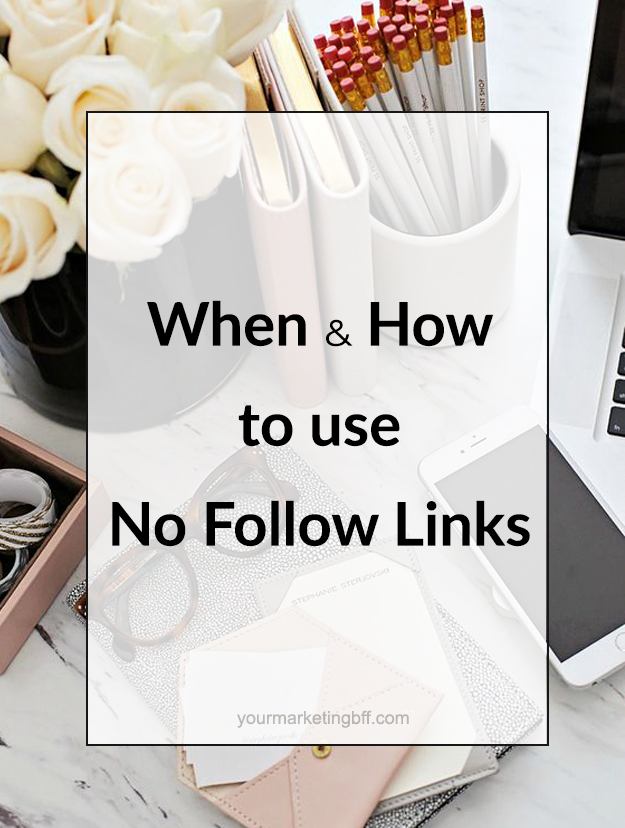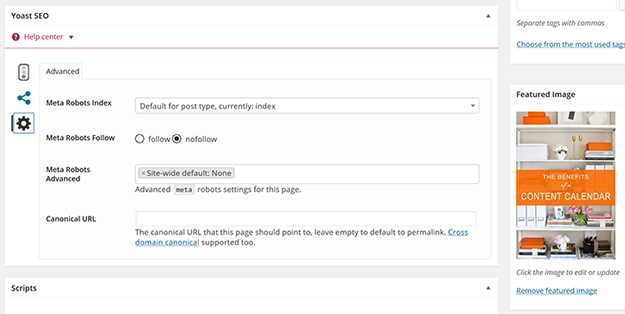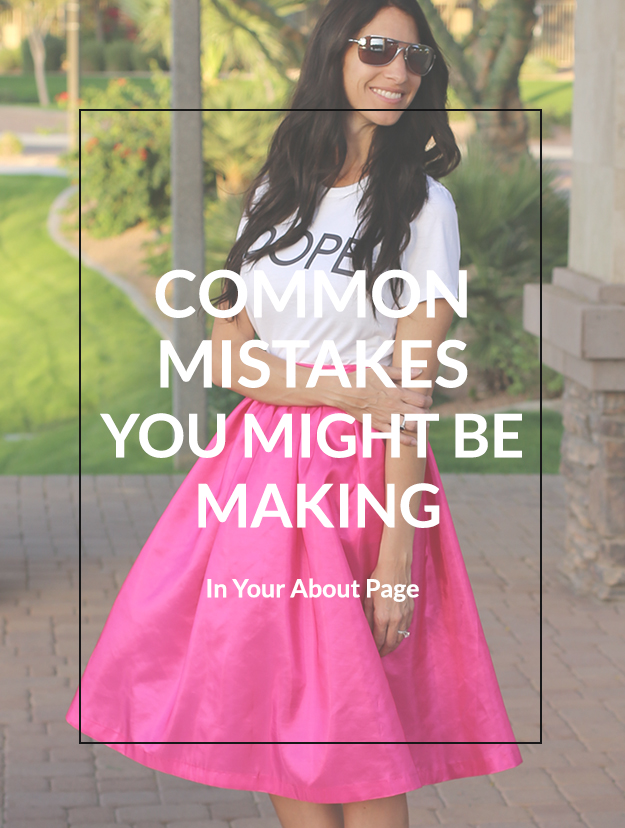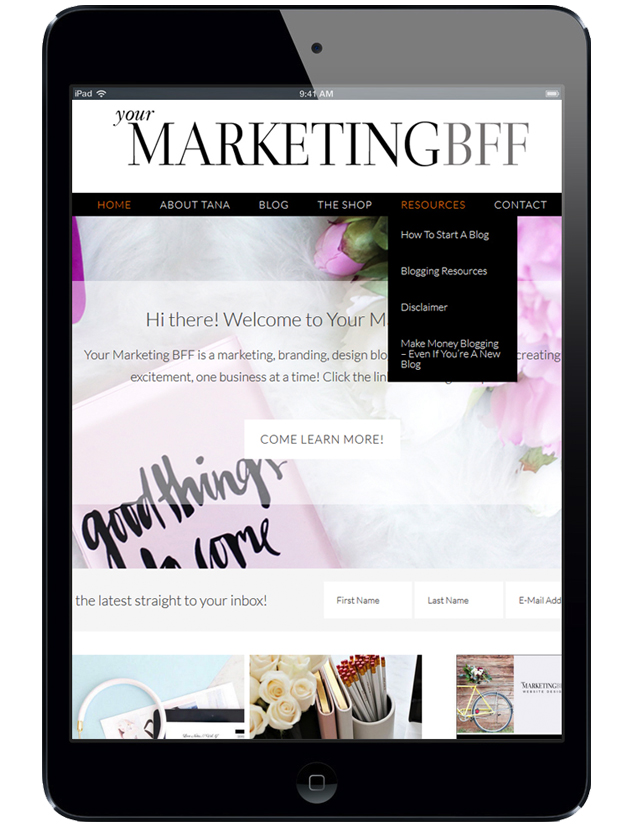When & How to Use No Follow Links


And guess what… You need to know that no follow links are required on all paid/sponsored posts!
What are no follow links?
No follow links are links in your posts that the search engines DO NOT follow.
When you add a link in your post that directs people to another URL, Google and other search engines will actually follow those links, increasing the other site’s page rank and credibility.
But when you add a no follow small piece of code to the link, your readers can still click through and everything appears the same, but the search engines do not follow.
Links are like endorsements, which is why brands would prefer that you don’t add the no follow code. Brands would like your “Google Juice” and good standing with search engines. But Google on the other hand doesn’t think it’s fair that brands can essentially buy a better Page Rank and better SEO, so Google REQUIRES that you disclose your code, by using no follow links on all paid posts!
When & How to Use No Follow Links
When should you use no follow links? Here’s a quick list of links that Google wants you to apply the no follow code to:
–Sponsored Posts. If you’ve been paid for them.
–Paid Links. Anything you’ve been paid to place on your site.
–Ads. Banner ads, sidebar ads, blog network ads, pay-per-click ads, etc.
–Affiliate Links.
–Links to companies who sent you free product. Google views products as compensation for links.
How to create a no follow link.
A standard link looks like this:
![]()
![]()
To make your link a no follow, you need to go into the code (on the text tab) and add this extra snippet of no follow code seen below:


I know. I know. Doing this manually across a large site can take forever, so there are some easier ways, especially for those of you using WordPress.
WordPress Plugin Fixes
- External Links. This plugin will allow you to set all links on your site to no follow and then you can override that on individual links by adding an html tag. If you want to use this plugin, see how here.
- Yoast SEO. This plugin includes an option to assign no follow links to all links in that page with one click. See image below.


Google is very, very smart and it will eventually catch up with you. More than likely Google will penalize you and your own Page Rank and SEO can suffer – it’s just not worth the risk in my opinion. So you might want to spend some time to go back and fix your older posts.
When is it okay to use follow links?
Follow links are great for everything EXCEPT paid posts and link schemes (read more about link schemes here)
If you want to link to other blogs, articles of interest or products you like but aren’t getting paid to endorse, you’re good to use follow links.
Now you know when & how to use no follow links… and can stay out of Google (and SEO) trouble!







I love you for writing this. That’s all. xoxo
THANKS!!! Ditto on the xoxo
Um WOW! I was just talking to a sponsor about this, in their own discreet way, and it did not make sense to me. I have been meaning to ask you your opinion about it. Your timing is impeccable, as usual {muah!}
Perfect!!!!
Tana – thank you for the insight!! xo
Glad I could help Tam!
This always seems to come up from time to time so this has been a great reminder on the do’s and don’ts. Great tips that are easy to remember. Thanks